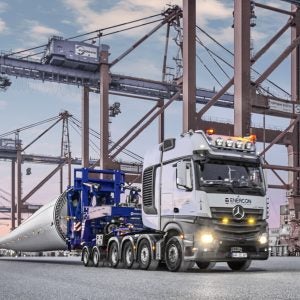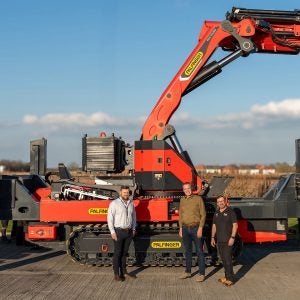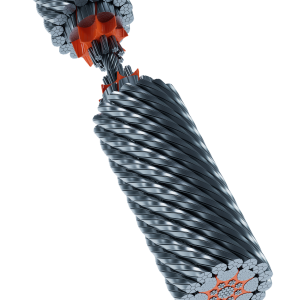In January, the company predicted revenues from cranes would be down by 20% in 2009. On Monday 31 March, the company said it does not believe it will meet its previously announced guidance for sales, earnings per share and cash flow due to the continuing economic downturn. It cites the downward trend in the end markets for its businesses, particularly the cranes segment, where global demand has continued to decline over the last six to nine months.
News of the company’s announcement saw its share value on the New York Stock Exchange fall from $4.61 at close on Friday 27 March to a low of $2.88 on Monday morning, although trading at $3.19 at 11:39 ET.
“The continued impact of the global recession on the company’s business, partially offset by the cost-cutting and other mitigating actions being taken, has resulted in an environment where it is more difficult to accurately predict financial results,” the company said. “Accordingly, the company is withdrawing its previous 2009 full-year guidance and will not be issuing new guidance.”
Its “aggressive” cost-cutting measures include global workforce reductions and a hiring freeze; capital expenditures being limited primarily to new product development, production efficiencies and safety: temporary production shutdowns: in-sourcing of previously outsourced production activities; shifting certain crane production to lower cost jurisdictions; strict discretionary and travel expense reductions; deferral of salary increases; and a reduction in benefits.
Manitowoc Cranes is laying off one fifth of its workforce as a result of these actions. It has seen its order backlog decline substantially, with president Eric Etchart saying in January that the backlog in Europe had fallen by almost 80%.
In the same January presentation to analysts Etchart said the global downturn had changed how its customers placed orders, with shorter lead times more commonplace. “Customers have shortened their purchasing decisions to take advantage of the available industry capacity,” he said. “As a result, they are now timing the placement of their orders much closer to the actual time this equipment is needed on the project site.”






